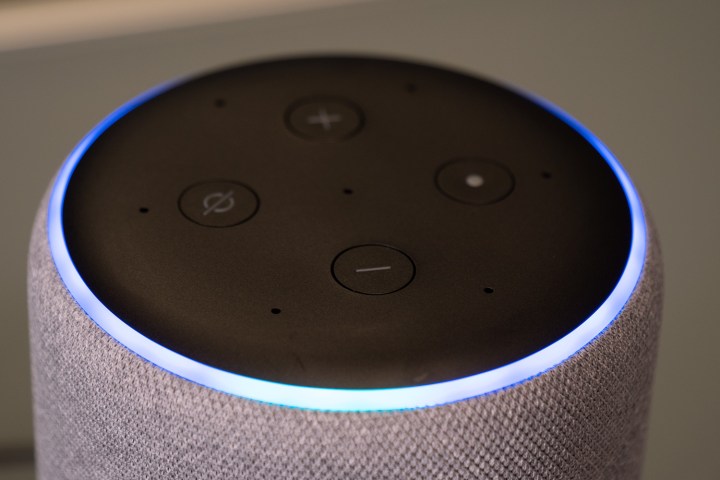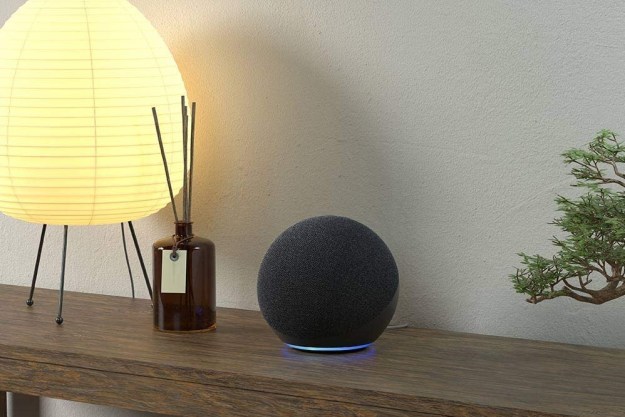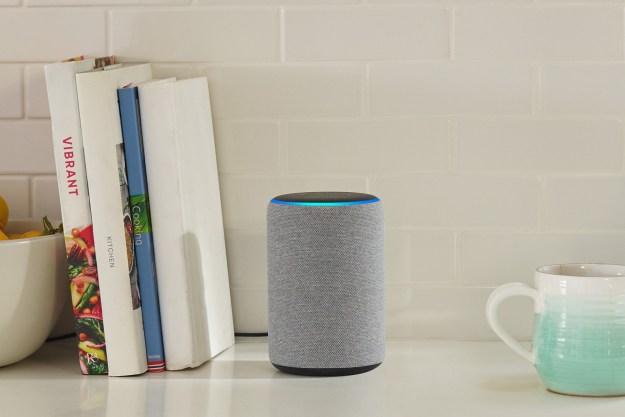
While most voice assistants offer some variety in terms of voices that they can speak to you with, they have a number of shortcomings. First, they often default to a female voice that can reinforce sexist stereotypes. In addition to that, most of the voice options fail to fully capture the full spectrum of gender identity and leaves some users feeling left out. Q just might change that.
Q is a gender-neutral digital voice. Created by a team of technologists from Copenhagen Pride and Vice Media’s creative agency Virtue, Q is a genderless voice that aims to solve some of the shortcomings of current voice assistants while propelling a conversation about how technology can both perpetuate and address some of the longstanding biases that are engrained in us by societal factors.
The creation of Q started by recording a few dozen voices from people across the gender spectrum. They captured male, female, transgender, and nonbinary voices. Research has found that male voices tend to be in the range of 85 to 180 hertz, while female voices land between 140 to 255 Hertz. Somewhere in the 145 and 175 Hertz range is generally perceived as gender neutral.
While the original plan was to layer the voices together to create a voice that would land in the sweet spot, the team behind the project focused on a single person’s voice that landed nearly perfectly between what most people would perceive as masculine or feminine. A bit of tweaking and surveying of people for feedback and the team landed on the right voice for Q.
It’s worth noting that for the time being, Q isn’t available to be your voice assistant of choice. It is currently limited to an online interface. Interested parties can interact with Q by visiting www.genderlessvoice.com. However, it’s more of a conversation piece designed to get people thinking about voice assistants and technology in new ways. Q makes a point about representation in tech and should urge companies to listen to more voices when designing its products. A nonbinary voice may make more sense for a voice assistant than a gendered alternative anyway, seeing as A.I. doesn’t have a gender.
Editors' Recommendations
- Amazon might launch a paid version of Alexa later this year
- Experts warn AI assistants are hurting the social development of children
- Amazon feature has Alexa speaking in voice of late relative
- How to talk to Santa with Alexa and Google Assistant
- Alexa can now tell you if you left the water on or the fridge door open


